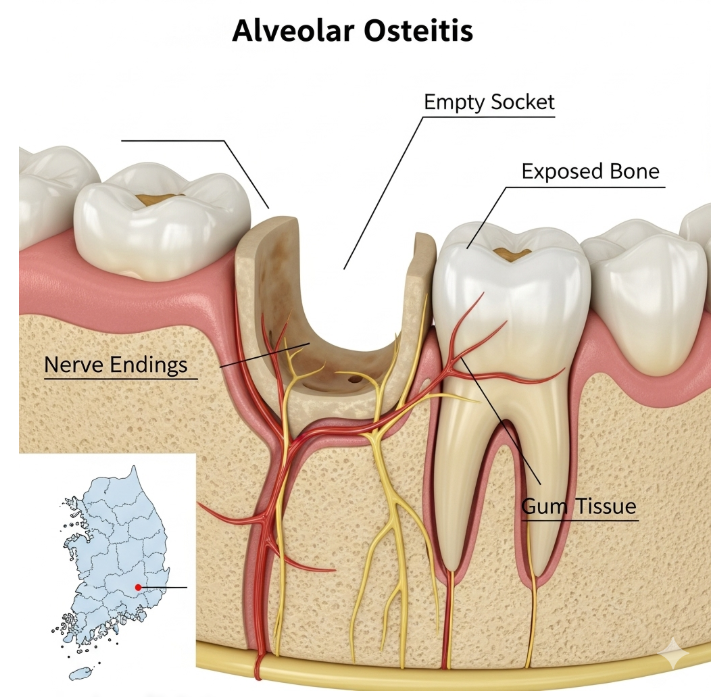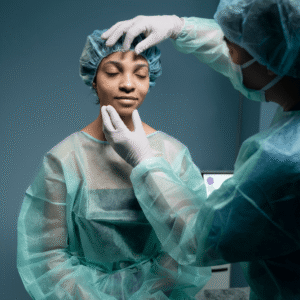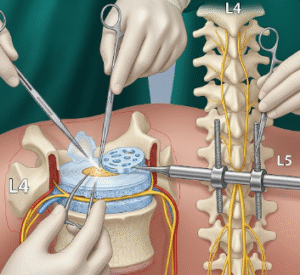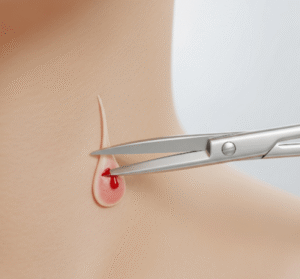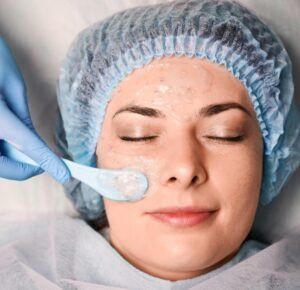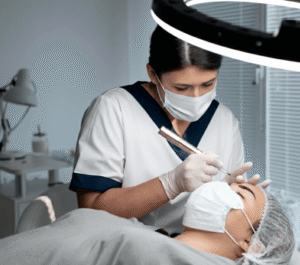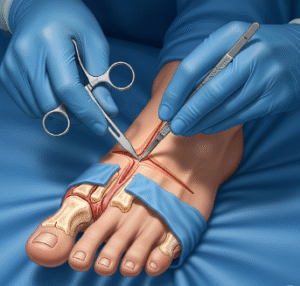Overview
Dry socket, medically known as alveolar osteitis, is a painful dental condition that can occur after tooth extraction, particularly wisdom teeth removal. In South Korea, with a high prevalence of dental procedures and oral surgeries, dry socket remains a common post-operative complication. Prompt recognition and treatment are essential to relieve pain and prevent infection.
What is Dry Socket?
Dry socket occurs when the blood clot at the site of a tooth extraction dissolves or is dislodged prematurely, exposing the underlying bone and nerves. This condition typically affects adults aged 20–40 and is most commonly associated with the extraction of lower molars.
Symptoms
Symptoms of dry socket include:
- Severe, throbbing pain at the extraction site
- Pain radiating to the ear, eye, or neck on the affected side
- Partial or total loss of the blood clot in the socket
- Bad breath (halitosis)
- Unpleasant taste in the mouth
- Visible exposed bone in severe cases
Causes
Dry socket is primarily caused by factors that prevent proper clot formation or dislodge the clot post-extraction, such as:
- Traumatic or difficult tooth extraction
- Poor oral hygiene
- Smoking or tobacco use
- Use of oral contraceptives
- Inadequate post-operative care
- Infection at the extraction site
Risk Factors
Risk factors for dry socket include:
- Smoking or chewing tobacco
- History of previous dry socket
- Female patients taking birth control pills
- Age between 20–40 years
- Surgical complications during tooth extraction
Complications
If untreated, dry socket can lead to:
- Severe, prolonged pain
- Secondary bacterial infections
- Delayed healing of the extraction site
- Difficulty eating and maintaining oral hygiene
Prevention
Preventive measures include:
- Following post-operative instructions carefully
- Avoiding smoking and alcohol immediately after extraction
- Maintaining oral hygiene without disturbing the clot
- Using prescribed mouth rinses to reduce infection risk
- Scheduling regular dental follow-ups
Treatment Options in Korea
In South Korea, dental clinics provide comprehensive management for dry socket:
Medical Management:
- Cleaning the extraction site to remove debris
- Placing medicated dressings or gels in the socket
- Pain relief using NSAIDs or prescribed analgesics
- Antibiotics if there is secondary infection
Supportive Care:
- Guidance on oral hygiene and care during healing
- Regular follow-up visits to monitor recovery
- Dietary adjustments to minimize irritation to the socket
Specialized Care:
- Oral and maxillofacial surgery departments in Korean hospitals manage complicated cases
- Advanced dental clinics offer laser therapy and specialized dressings to accelerate healing
With proper treatment and preventive measures, patients in Korea can experience rapid pain relief and complete healing of the extraction site, reducing the risk of complications.

